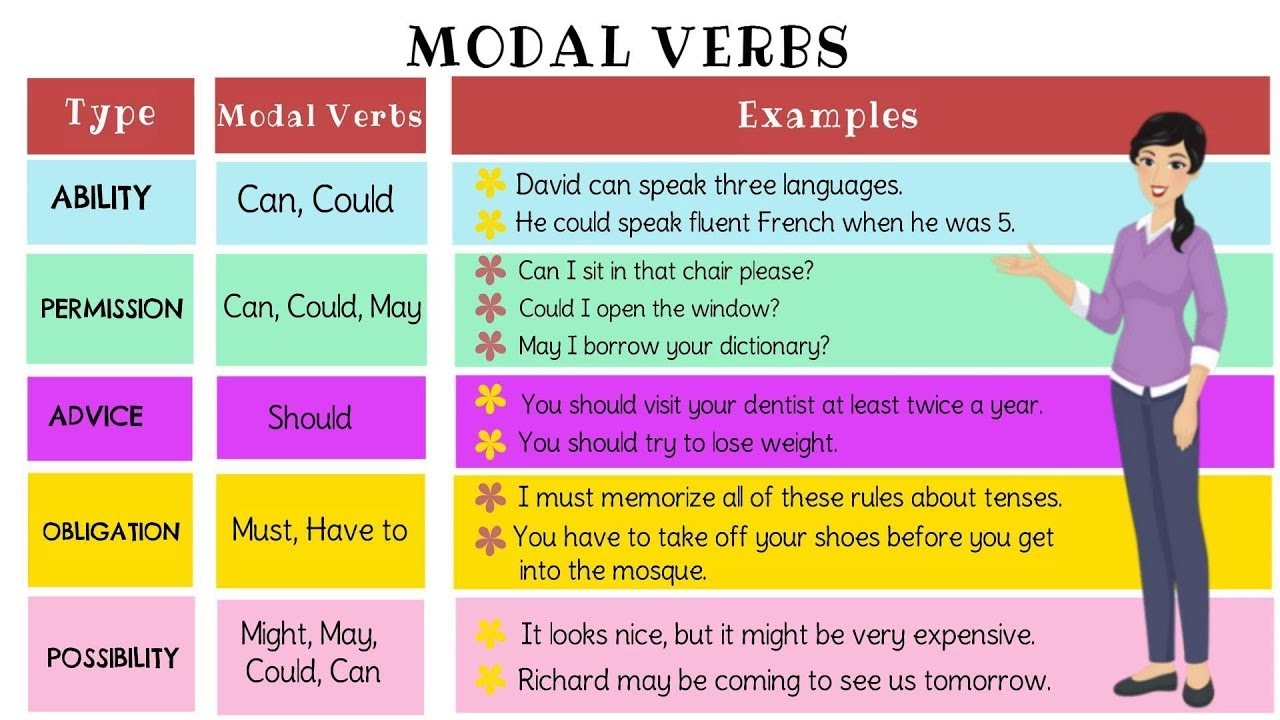


The construction is the same as other auxiliary verbs: the modal followed by the main verb in its infinitive form. For the purposes of this article, I’ll focus purely on “must” and “have to”. “Ought to” is not so often used anymore and “should” is used more so as a suggestion rather than a command. Quick note: there are less assertive forms of modals of obligation with the verbs “should” and “ought to”. They express possibility, ability, permission, or obligation. Modals are auxiliary verbs that add meaning to the main verb in a sentence. In this article, I’ll explain how modals of obligation work and how to use them. You need not buy any.Modals help you be more specific with your words, improving your communication skills and English language fluency. There are a lot of tomatoes in the fridge.You must stop when the traffic lights turn red.Modal verbs are followed by an infinitive without "to", also called the bare infinitive. You should / ought to revise your lessons There are plenty of tomatoes in the fridge. I might go on holiday to Australia next year. You must stop when the traffic lights turn red. Here is a list of modals with examples: Modal Verb Modal verbs are used to express functions such as: The verbs or expressions dare, ought to, had better, and need not behave like modal auxiliaries to a large extent and my be added to the above list Use of modal verbs: Here is a list of modal verbs: can, could, may, might, will, would, shall, should, must They are used to indicate modality allow speakers to express certainty, possibility, willingness, obligation, necessity, ability.They are always followed by an infinitive without "to" (e.i.Here are some characteristics of modal verbs: They have a great variety of communicative functions. They are different from normal verbs like "work, play, visit." They give additional information about the function of the main verb that follows it. Modals (also called modal verbs, modal auxiliary verbs, modal auxiliaries) are special verbs which behave irregularly in English.


 0 kommentar(er)
0 kommentar(er)
